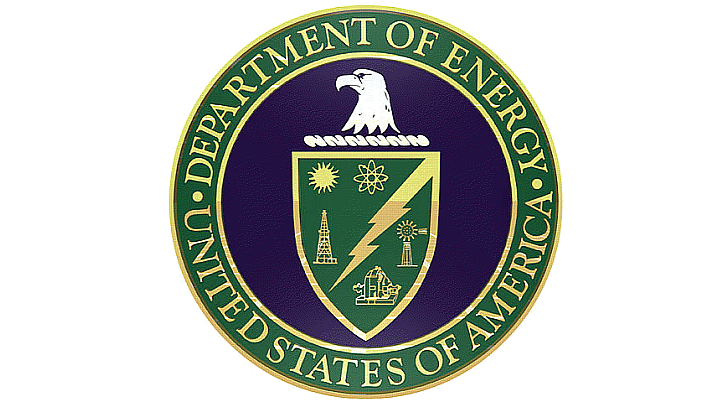Part 1 of 3 Parts
The U.S. Department of Energy just announced that it was going to spend up to twenty-four million dollars to fund ten projects as part of a new program under their Advanced Research Projects Agency-Energy (ARPA-E) division. The program is called Modeling-Enhanced Innovations Trailblazing Nuclear Energy Reinvigoration (MEITNER). The purpose of the new projects is to develop innovative technologies that can be used in the design of advanced nuclear reactors that are safer and cheaper than the current generation of power reactors. The DoE says that nuclear energy is a “… reliable source of power that complements the country’s diverse portfolio of energy generation sources.”
The U.S. Energy Secretary, Rick Perry, said, “Nuclear energy is an essential component of the U.S. energy mix, and by teaming up with the private sector to reduce costs and improve safety, we are keeping America ahead of the curve in advanced reactor design and technology. These next-generation ARPA E technologies help us maintain our competitive, technological edge globally, while improving the resilience of the grid and helping provide reliable, baseload electricity to each and every American.”
In the U.S., nuclear power supplies about twenty percent of the electricity. All of the current U.S. nuclear power reactors are conventional light water reactors. This technology was first developed in the 1950s and has been steadily evolving since then. The future of nuclear power in the U.S. is uncertain. High costs and a rapidly changing national power grid which includes renewable power sources such as wind and solar have presented new challenges to existing and proposed nuclear power plants.
If nuclear energy is to continue to contribute substantially to the U.S. power equation in the future, the next generation of nuclear power reactors will have significantly lower capital costs for new nuclear power plants and provide what is called “walkaway” safe and secure operation which means that the staff of a power plant could “walk away” from the nuclear plant control room and the nuclear power reactors would autonomously and safely shut themselves down without human involvement.
It is hoped that the MEITNER projects will be able to make use of new designs, new manufacturing processes, and new technologies that will lower expenses and increase the ability of nuclear power to compete in today’s energy market. These enabling technologies will establish the basis for a modern domestic supply chain to support the continued use and growth of nuclear technology.
The MEITNER projects that have been funded are expected to support the creation of advanced reactor designs that will permit lower construction costs and autonomous operating while increasing the safety of the new nuclear power reactors.
The U.S. DoE’s Office of Nuclear energy worked closely with the ARPA-E to develop this new funding opportunity. MEITNER teams will be permitted to access DoE modeling and simulation software and simulation resources. Project teams will coordinate with a DoE-supported resource team of experts from the DoE and DoE’s National Laboratories. Here is the list of new projects that are being funded under the MEITNER program.
Please read Part 2.
